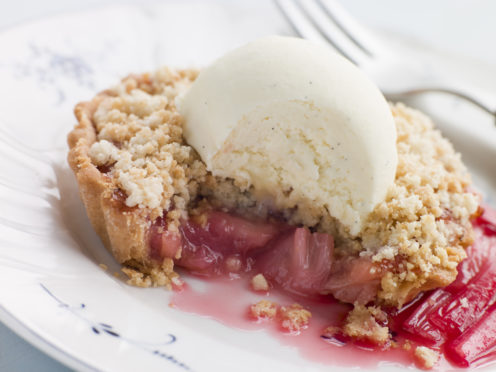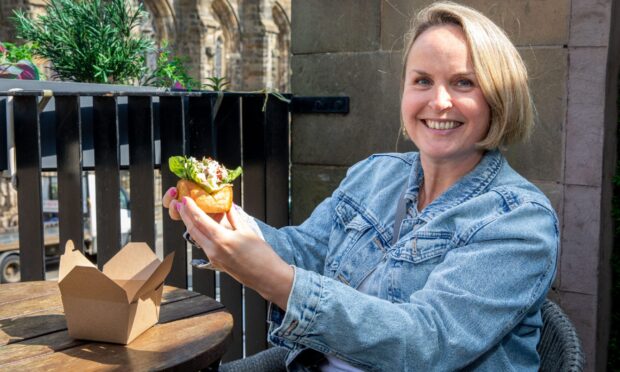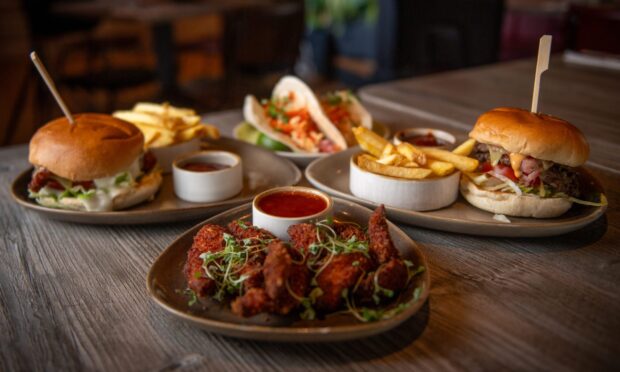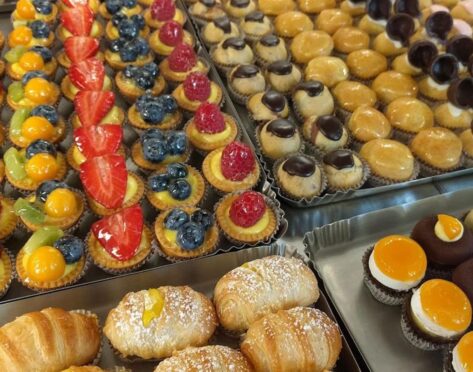I’ve said it before and I’ll say it again: winter is a joy for seasonal ingredients.
There may not be quite as many as there are in the abundant summer months but if you think of quality rather than quantity we’re still doing well. In fact, any season that can produce the vibrant, glorious taste that comes from Yorkshire rhubarb is, in my mind, a winner!
It’s also known as forced rhubarb but for me this has always had negative connotations. Our brains have it right up there with veal calves locked in dark barns and when you throw in our justified hatred of chemically enhanced vegetables we’re left thinking that this is the demon of the fruit and veg patch.

Not so! There are no chemicals, no genetically modified nonsense going on and although it is grown in dark sheds we have to remember this is a vegetable and not an animal! And yes, I did say vegetable and not fruit. Rhubarb is by definition a vegetable, however, because we use it to make crumble, jam and desserts we’ve come to refer to and accept it as a fruit.
In February 2010, Yorkshire forced rhubarb was awarded Protected Designation of Origin by the European Commission. An accolade that sits it alongside Jersey Royals, Champagne and Scotch Beef. Pretty good company to be keeping I’m sure you’ll agree.
Because it’s fast growing, it is longer, thinner and straighter than its traditional counterpart. The flavour is sweeter and more delicate, and it has a vibrant neon pink outer with a bright white inside. Once poached – lightly in some elderflower syrup perhaps – it turns a gorgeous pale pink.
As you might expect, I’m a fan of a crumble. Piping hot fruit oozing out from beneath a crunchy, sugary topping and served with a dollop of real vanilla ice-cream – what’s not to love? I am transported back to the 80s in my granny’s kitchen with every sweet mouthful.
Or how about as the main ingredient in a tangy chutney? Piled high on top of oatcakes with sharp blue cheese and served with a full bodied red is my idea of a heavenly night in!
If you want me to get cheffy on you though, I’d recommend trying it as part of your main course. Rhubarb goes very well with anything that has a high fat content, such as pork or oily fish like mackerel. We’re serving it with crispy duck at the moment, paired with this season’s beetroot and blood oranges. A vegetable, posing as a vegetable, posing as a vegetable. Nothing forced about that!
Top trivia: In 1947 a New York court decided that since rhubarb was used in the same was as a fruit it could receive a reduction on import tariffs. Very sensible.










